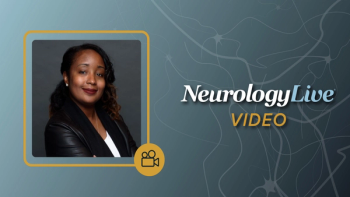
The Sports Neurologist: A Welcome Addition to the Sideline
Previously, the football sideline was the sole domain of orthopedic surgeons and athletic trainers. Neurologists are now part of a growing team of physicians with an interest in treating athletes.
Sports neurology is a relatively new subspecialty within the field of neurology. It specifically addresses the neurologic aspects of sports and sports-related injuries. Many major professional and amateur sports programs have found neurologists to be crucial in determining when an athlete can return to play after an injury.
Although recently popularized by the need for thorough evaluation of the brain after concussion, neurologists have been involved with sports teams for many years.
Four years ago, the American Academy of Neurology established the Sports Neurology Section. This was the first effort to organize neurologists who were working in sports and those who wished to become involved. The success of this effort has been astounding. There are now over 500 participating neurologists who work in every area of sports. Neurologists are now on sidelines, courtside, and ringside. Many are also pursuing research interests that pertain to sports and human performance.
Concussion and traumatic brain injury have dominated the press, but assessment and treatment of spinal and peripheral nerve injuries make up a significant part of sports neurology.
Physical activity is an essential human function. That need does not stop due to the onset of a neurologic condition. Today there are athletes who suffer from neurologic conditions, including multiple sclerosis, migraine, seizures, and stroke, competing at the highest level of their sports.
Managing the care of these athletes requires knowledge of their particular sport as well as what medications may limit the athlete’s performance. Many commonly used medications for these conditions will impact an athlete’s ability to compete. Alternative regimens must be devised. One example is use of an NSAID prior to competition to avoid migraine.
Sports neurology fellowship programs are now available. These programs can incorporate neurophysiology, pain management, and basic research as part of the curriculum. Surprisingly, many diagnostic and therapeutic skills established during residency are easily transferred to the sports setting.
Neurologists wishing to become involved will find many sports teams very welcoming. Input from a neurologist can often resolve diagnostic confusion and help direct the rehabilitation process.
The demand for neurologists who enjoy working with athletes will continue to grow as sports participation rises.
Newsletter
Keep your finger on the pulse of neurology—subscribe to NeurologyLive for expert interviews, new data, and breakthrough treatment updates.




























